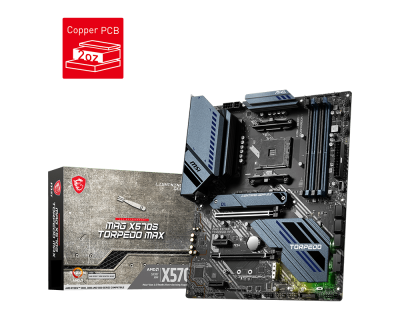- Joined
- May 8, 2016
- Messages
- 1,741 (0.60/day)
| System Name | BOX |
|---|---|
| Processor | Core i7 6950X @ 4,26GHz (1,28V) |
| Motherboard | X99 SOC Champion (BIOS F23c + bifurcation mod) |
| Cooling | Thermalright Venomous-X + 2x Delta 38mm PWM (Push-Pull) |
| Memory | Patriot Viper Steel 4000MHz CL16 4x8GB (@3240MHz CL12.12.12.24 CR2T @ 1,48V) |
| Video Card(s) | Titan V (~1650MHz @ 0.77V, HBM2 1GHz, Forced P2 state [OFF]) |
| Storage | WD SN850X 2TB + Samsung EVO 2TB (SATA) + Seagate Exos X20 20TB (4Kn mode) |
| Display(s) | LG 27GP950-B |
| Case | Fractal Design Meshify 2 XL |
| Audio Device(s) | Motu M4 (audio interface) + ATH-A900Z + Behringer C-1 |
| Power Supply | Seasonic X-760 (760W) |
| Mouse | Logitech RX-250 |
| Keyboard | HP KB-9970 |
| Software | Windows 10 Pro x64 |
I don't care about watts, because they don't tell you what frequency CPU will be stable at, Voltage however - does.That's something you can work out once you know the boards maximum VRM wattages anwyay
If a board can only handle 200W without throttling, you already have the answer to what CPU's are supported. Instead of testing a dozen CPU's, you can test one high end model and discover the wattage limits, and then look up the wattages of the various CPU's. Same information, far less work.
At least to me "this cheap VRM can cope with 7950X up to 1.05V, and 7700X up to 1.2V", sounds more helpfull than "this cheap VRM will limit everything to 200W". You don't need to test dozen of CPUs, just test each die configuration once.
I simply think from stable performance perspective, vs. simple approach of "I don't care about performance, just limit to whatever, whenever needed".


 I used to have an Asus TUF A520M which is a brilliant board (all of the latest Asus TUF boards are good, in fact).
I used to have an Asus TUF A520M which is a brilliant board (all of the latest Asus TUF boards are good, in fact).




